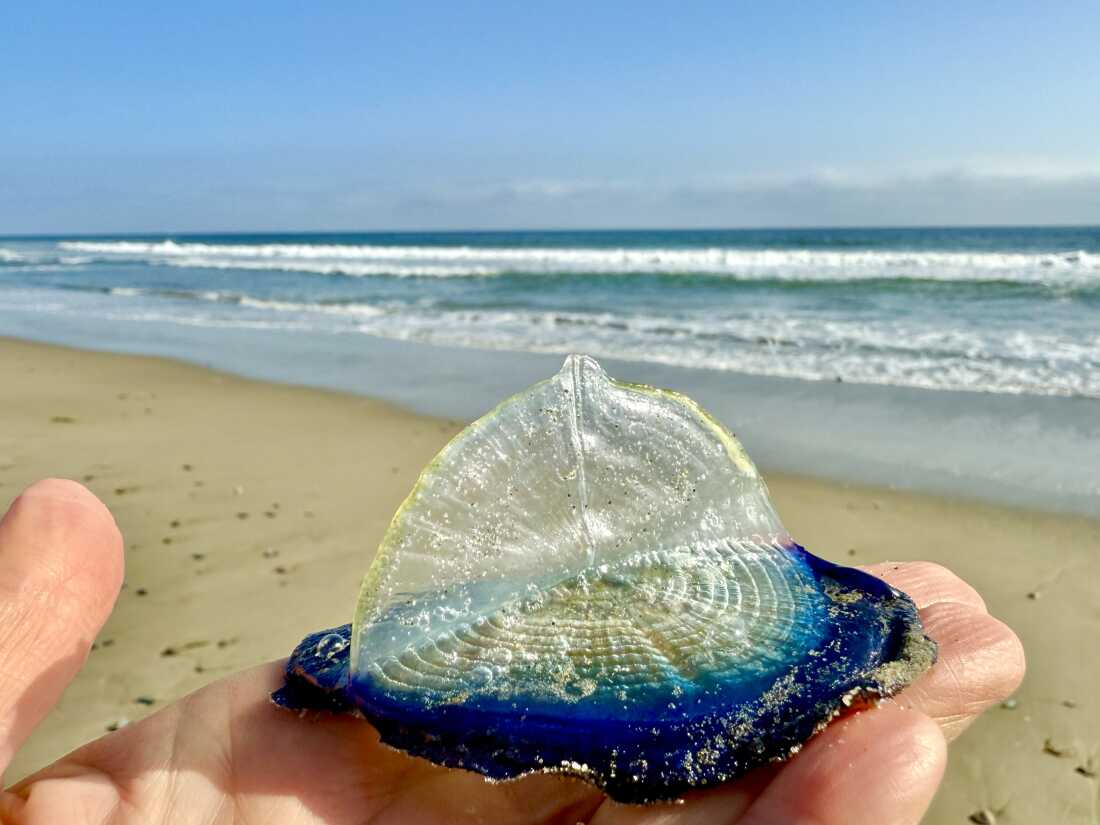Executive Summary
- Lockheed Martin transferred the Artemis 2 Orion spacecraft to NASA's Exploration Ground Systems team on May 1, 2025, at Kennedy Space Center.
- The Artemis 2 mission will send astronauts around the moon, potentially farther than any human has traveled before.
- The handover marks a significant milestone in developing a long-term lunar presence.
Event Overview
On May 1, 2025, Lockheed Martin officially handed over the Artemis 2 Orion spacecraft to NASA's Exploration Ground Systems team at Kennedy Space Center in Florida. This transfer signifies the completion of the spacecraft's assembly and testing, making it ready for pre-launch operations. The Artemis 2 mission is a crucial step in NASA's plans to establish a long-term lunar presence, and it will involve sending astronauts around the moon.
Media Coverage Comparison
| Source | Key Angle / Focus | Unique Details Mentioned | Tone |
|---|---|---|---|
| Space.com | Handover of Artemis 2 Orion spacecraft and its significance for future lunar missions. | Mention of the ceremonial enlarged key fob presented during the handover and the specific location of the ceremony within Kennedy Space Center. | Positive and celebratory, emphasizing the importance of the event for future space exploration. |
Key Details & Data Points
- What: Lockheed Martin transferred the Artemis 2 Orion spacecraft to NASA, signifying its readiness for pre-launch operations and the upcoming Artemis 2 mission.
- Who: Key individuals include Kelvin Manning (acting director of NASA's Kennedy Space Center), Shawn Quinn (Exploration Ground Systems program manager), Lakiesha Hawkins (assistant deputy associate administrator, Moon to Mars Program office), Howard Hu (Orion program manager), Debbie Korth (Orion deputy program manager), Kirk Shireman (vice president of Human Space Exploration and Orion program manager at Lockheed Martin), Reid Wiseman, Victor Glover, Christina Koch, and Jeremy Hansen (astronauts for Artemis 2). Organizations involved are NASA, Lockheed Martin, and the Canadian Space Agency.
- When: The handover ceremony occurred on May 1, 2025. The spacecraft was moved to the Multi-Payload Processing Facility three days later.
- Where: The handover ceremony took place inside the Neil A. Armstrong Operations and Checkout Building at NASA's Kennedy Space Center in Florida. Subsequent fueling and processing will occur at the Multi-Payload Processing Facility.
Key Statistics:
Analysis & Context
The handover of the Artemis 2 Orion spacecraft from Lockheed Martin to NASA marks a crucial step in the Artemis program. The mission's goal of sending astronauts around the moon for the first time in over 50 years represents a significant advancement in space exploration. This event underscores the ongoing efforts to establish a long-term lunar presence and showcases international collaboration with the involvement of the Canadian Space Agency. The success of the Artemis 2 mission will pave the way for future lunar missions and potentially human missions to Mars.
Notable Quotes
"This achievement is a testament to our employees and suppliers who have worked tirelessly to get us to this important milestone. The Orion spacecraft completion for Artemis 2 is a major step forward in our nation's efforts to develop a long-term lunar presence."
"It's exciting to think that soon, humans will see the Earth rise over the lunar horizon from our vehicle,"
Conclusion
The Artemis 2 Orion spacecraft handover to NASA represents a significant milestone in the Artemis program, signaling progress towards returning humans to the moon. With the spacecraft now in NASA's possession, preparations for the Artemis 2 mission will accelerate. The mission is expected to provide valuable insights into long-duration space travel and pave the way for a sustainable lunar presence and future missions to Mars. Ongoing developments surrounding the mission will continue to be closely monitored.
Disclaimer: This article was generated by an AI system that synthesizes information from multiple news sources. While efforts are made to ensure accuracy and objectivity, reporting nuances, potential biases, or errors from original sources may be reflected. The information presented here is for informational purposes and should be verified with primary sources, especially for critical decisions.









